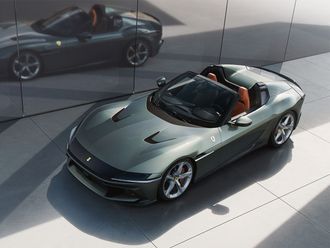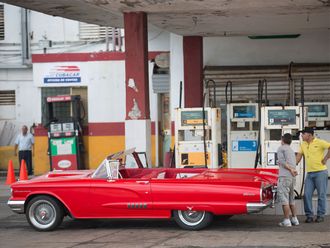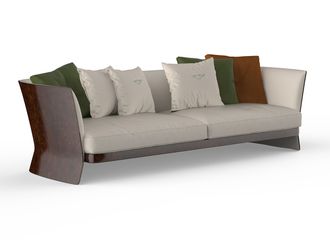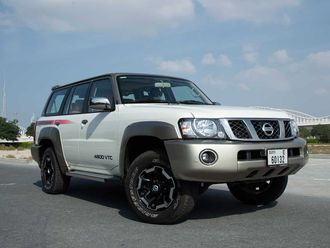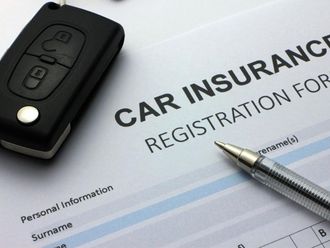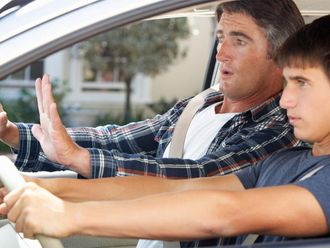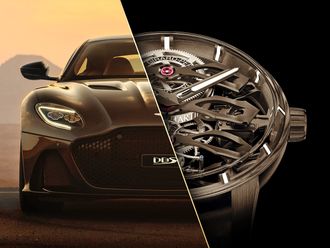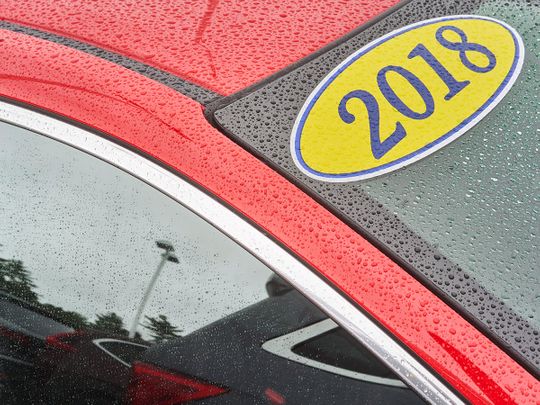
Used cars are usually overlooked in the fanfare accorded to cutting-edge electric cars and gussied-up pickup trucks. Now they are suddenly the industry's hottest commodity.
Consumers are snapping up used vehicles as second or third cars so they can avoid trains, buses or Ubers during the coronavirus pandemic. Others are buying used rather than new to save money in an uncertain economy, not knowing when they or their spouse might lose a job. Demand for older cars has also been fed by a roughly two-month halt in production of new cars this spring.
Across the US, the prices of used cars have shot up. The increase defies the conventional wisdom that cars are depreciating assets that lose a big chunk of their value the moment they leave the dealership. In July alone, the average value of used cars jumped more than 16 per cent, according to Edmunds.com.
In June, the most recent month for which data is available, franchised car dealers sold 1.2 million used cars and trucks, according to Edmunds, up 22 per cent from a year earlier. It was the highest monthly total since at least 2007.
The boom has turned the business of selling cars upside down. Because used cars don't come from factories in Detroit, dealers are having to work as hard to buy cars as they typically do to sell them, they say, including running ads and cold calling people to ask if they would be interested in selling their old car. That's how strong demand for used cars has become in the pandemic.
"Used cars are supposed to depreciate, but I'd look up the book value of a car on the lot and see it was higher than at the beginning of the month," said Adam Silverleib, president of Silko Honda in Raynham, Massachusetts. "I've never seen that before."
Silverleib recently sold a 2017 Honda Pilot with 22,000 miles to Suzanne Cray and her husband. The family had gotten by with just one car. But Cray, a nurse who works at Tufts Medical Center in Boston, said the family had decided it needed another to ensure that no one had to ride with Uber or on public transportation.
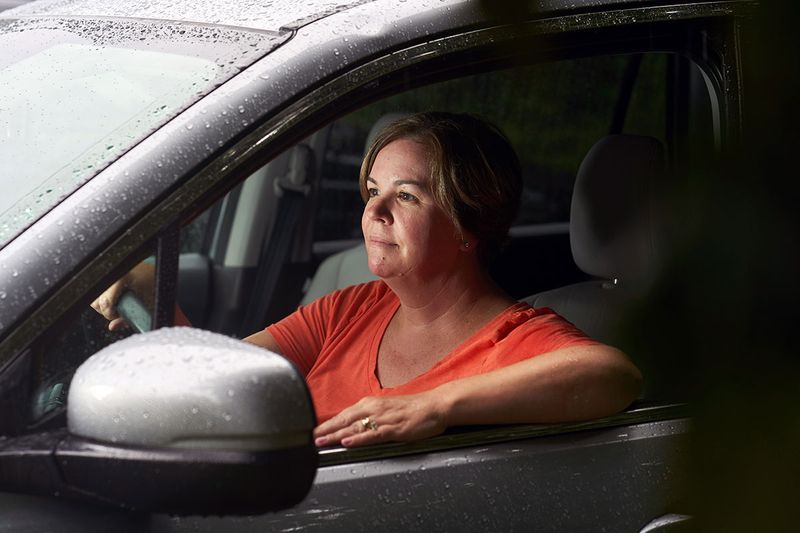
"We used to take Uber to restaurants, especially if we were going out with friends and didn't want to drink and drive," said Cray, who has treated patients with the coronavirus. "We don't do that anymore. We take our car instead."
The boom is of a piece with other unexpected trends in a recession that has left millions of people unemployed and has devastated airlines, restaurants, hotels and small businesses. Despite that pain, the pandemic has been a boon to old standbys of the economy, such as canned and processed foods and suburban home sales, which had fallen out of favour in recent years.
The auto industry's equivalent of the three-bedroom ranch with the charming backyard patio is a low-mileage car or SUV - a lot cheaper than the newer version but just as good at taking the family to a socially distanced picnic after months of isolation.
The growing desire to own a car has caught many people by surprise and unnerved others who are worried about what it might say about the future of cities and transportation. Mayor Bill de Blasio, who gets around in an SUV, recently implored New Yorkers, many of whom don't own vehicles, not to buy a car, saying they represent "the past."
Those fears might be overdone. Buying a used car does not increase the number of cars on the road, of course. And sales of new cars are not taking off. If anything, part of the sudden mania for used cars stems from the years long rise in the price of new cars and trucks. On average, new vehicles now sell for about $38,000, more than many consumers can afford or are willing to pay.
In addition, many Americans realise they don't have to worry that they're buying a rattle trap that's constantly in the shop. Cars and trucks of recent vintage are better made than those from a couple of decades ago, and certainly compared with the vehicles Ralph Nader inveighed against in his 1965 book, "Unsafe at Any Speed."
Other consumers have gravitated toward used cars because there still aren't that many new cars to choose from. Although automakers have restarted their plants after halting production for about 60 days from late March to mid-May, they haven't made up for the lost time.
In the first seven months of the year, automakers produced 6.6 million cars and light trucks in North America, according to Automotive News. Those were 3 million fewer than they made in the same period in 2019.
Early in the pandemic, when many people avoided leaving home for all but the most pressing needs, carmakers offered no-interest loans for as long as 84 months to lure buyers. With new-car inventories low, such generous incentives have mostly disappeared.
But people with a car to sell still have some leverage. The strong demand for used cars has lifted trade-in values, a boon for some car buyers. Sutherland was shocked to get $2,000 for her Mitsubishi, which had 245,000 miles on it. In July, Edmunds found that the average trade-in value rose almost $2,000, to just over $14,000.
This banner year for the used car will - inevitably - end. Automakers will catch up on production, dealer lots will swell with new vehicles again, and enticing sales incentives will return, said Jessica Caldwell, a senior analyst at Edmunds. But demand for used cars could stay brisk if the pandemic worsens in the fall and the economy weakens further even if the supply of new cars improves.
"It won't last forever," Caldwell said. "But for now it's a great time to trade in a used car."



